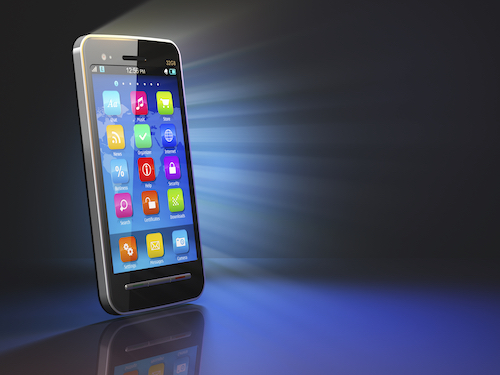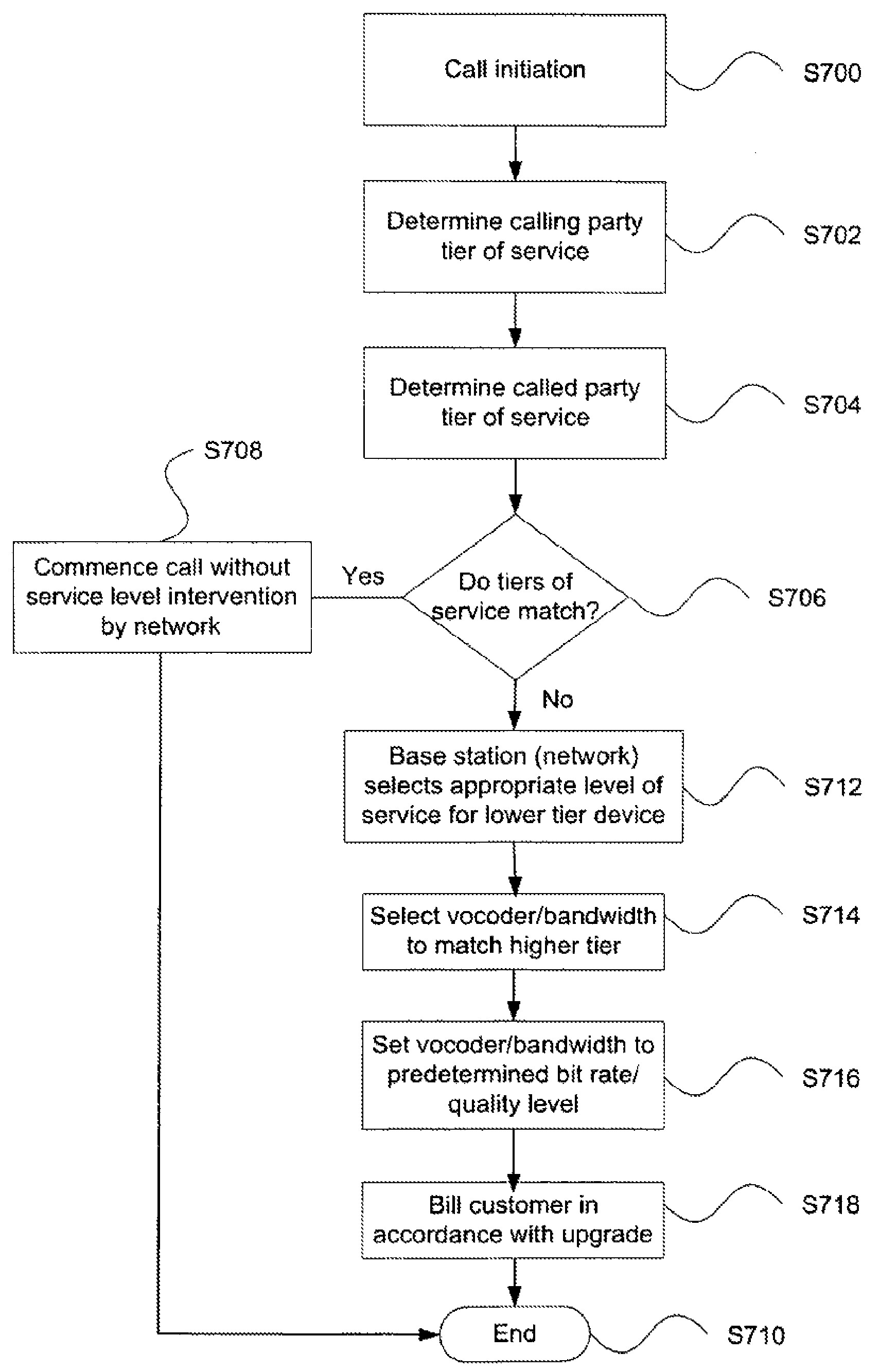Patent Pipeline: Mobile Apps
By: Alec Schibanoff
 In Terminator Genisys, the fifth installment in the Arnold Schwarzenegger Terminator movie franchise, Kyle and Sarah time travel from 1984 to 2017 to stop Skynet. Upon
arriving, once of their first observations is the ubiquity of smartphones. “Does everyone have one of these?” they ask. Well, yeah.
In Terminator Genisys, the fifth installment in the Arnold Schwarzenegger Terminator movie franchise, Kyle and Sarah time travel from 1984 to 2017 to stop Skynet. Upon
arriving, once of their first observations is the ubiquity of smartphones. “Does everyone have one of these?” they ask. Well, yeah.
Remember looking for a pay phone to call the office? The original concept behind a mobile telephone was to give salespeople and repair technicians just that ability from remote locations. Like every other innovation, cellular technology has gone generations past its original concept. Mobile phones—or cell phones or smartphones—aren't limited simply to calls anymore. They are used for ecommerce, videoconferencing, email, as a datebook and calendar, and to store pictures, videos, recipes and multiple other items we just absolutely have to have at our fingertips. The reality is that there are many emerging technologies that will continue to expand uses for the smartphone over the coming years.
In this edition of Patent Pipeline, we look at recently patented technologies that represent the next generation of mobile telephone/cell phone/smartphone applications. In this installment, we will look at applications that will expand how we use our cell phones, while in our next installment we will address the hardware innovations that will change the appearance and configuration of our next smartphones.
Superior Cellular Telephone Service
U.S. Patent No. 9,763,132 for “Multi-Tier Quality of Service Wireless Communications Networks” is one of several patents assigned to Privilege Wireless, a company that is developing and commercializing the technology covered by an extensive portfolio. This patent has a 2008 Priority Date, was granted just last September, and is the latest patent in a portfolio of nine U.S. Patents and four European Patents. The invention covered by this portfolio is the creation of several levels of superior cellular telephone services for those who are willing to pay a premium for superior wireless service—thus the use of the term “privilege” in the name of the assignee of the portfolio.
When one subscribes to wireless services today, each subscriber gets exactly the same level of service as every other subscriber. Whether you are a corporate CEO, a high school student, a brain surgeon, or a senior citizen in a retirement home, you get the exact same level of service as everyone else. That means that when any portion of the cellular infrastructure goes down or call volume spikes—after a natural disaster, terrorist attack or other unique event, for example—call quality and response times decrease proportionally for all users across the network. This portfolio establishes carefully defined levels of service that a specific subscriber can sign up for—and, no doubt, pay a premium for— regardless of what happens to everyone else on the cellular network!
This figure from U.S. Patent No. 9,763,132 is a flow decision chart for processing calls by subscribers who have contracted for a superior level of wireless service. (Click to enlarge)




















